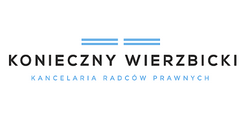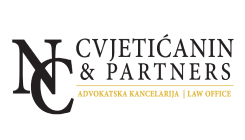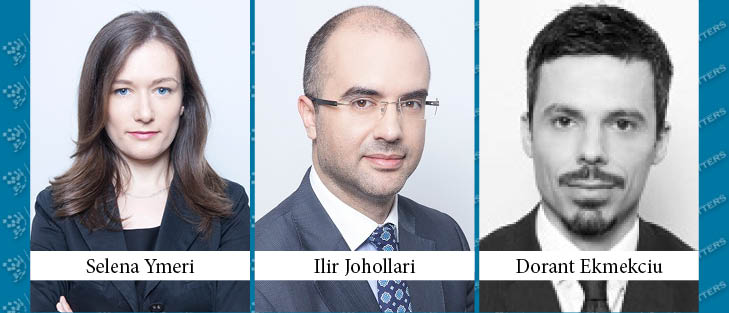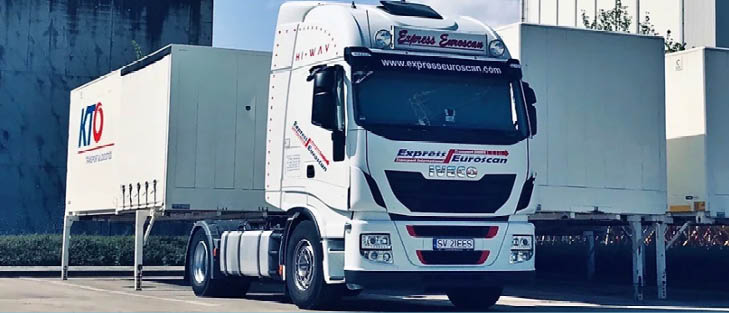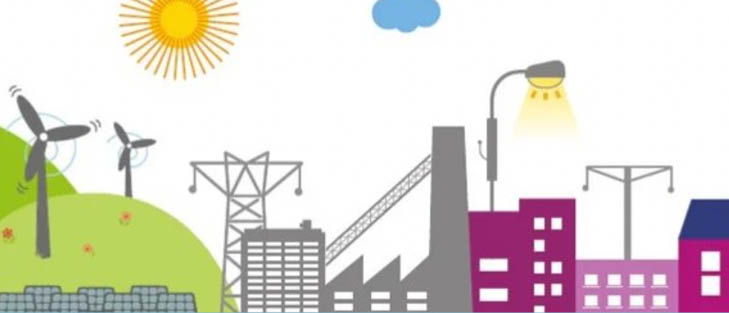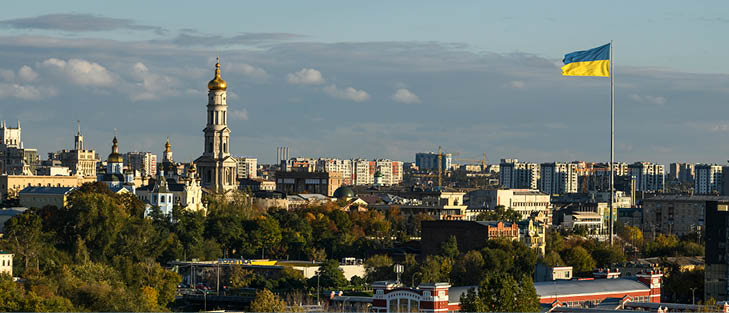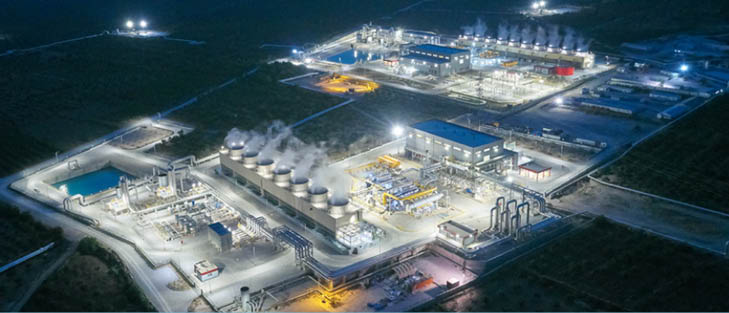Serbia’s banking sector faces another year of challenges. Global inflation in 2023, compared to the last quarter of 2022, records a slight slowdown, but one thing is indisputable – the main challenge in 2023, and not only in the banking sector, is the war in Ukraine.
It was the trigger for the inflationary spiral to turn faster, through the increase in energy and food prices. Yet, despite no indication of the imminent end of the war, the first signs for the first quarter of 2023 seem encouraging.
Central banks around the world, including the European Central Bank, as well as the National Bank of Serbia, are fighting against inflation by raising reference interest rates, which results in raising the cost of loans in Serbia as well, due to the growth of the Euribor and Belibor. High interest rates could lead to a decrease in the demand for new loans and also a risk that existing debtors will struggle with the payment of monthly installments in the future. It is also well known that restrictive monetary policy has its negative effects as it slows down economic activity. There is a risk that the economy will slip into recession.
The consolidation of Serbia’s banking market during the previous years was expected, yet surprising. The predictability emerged from the fact that, at the beginning of 2020, there were 26 banks as Serbian banking market participants. On the other hand, in 2022, the GDP of Serbia amounted to around EUR 63 billion, thus the presence of so many banks seemed to be excessive. Nonetheless, the surprising element was related to the earlier tendency of domestic banks being mainly acquired by foreigners: the newest trend is for banks with foreign capital to be acquired by domestic legal entities.
The most significant affair on the Serbian market during 2020 was the acquisition of a controlling stake in the largest state-owned Serbian bank, Komercijalna Banka, by Slovenian NLB Banka. Subsequently, the process of the merger of NLB Banka and Komercijalna Banka was implemented, which resulted in the fusion of the two entities into a new market competitor – NLB Komercijalna Banka.
Prior to the acquisition of Komercijalna Banka, another significant event was the acquisition of Vojvodjanska Banka by Hungarian OTP Bank. Not long after, OTP Bank also acquired Societe Generale Bank, as the French group decided to vacate business in Serbia and the region. On April 30, 2021, this process was finalized with the merger of the two Serbian subsidiaries of OTP Bank into a single bank – OTP Bank Serbia.
At the end of 2021, Direktna Banka and Eurobank merged into Eurobank Direktna, increasing market share and presence thereby. The former Sberbank Serbia was acquired by AIK Banka in March 2022, i.e., after the beginning of the war in Ukraine, and eventually changed its name to Nasa AIK Banka. The acquisition process of Nasa AIK Banka was finally completed by AIK Banka nine months after the takeover occurred.
In August 2021, Raiffeisen Bank in Serbia acquired Credit Agricole Bank, including the leasing company – CA Leasing Serbia. In September 2022, Credit Agricole Bank changed its name to RBA Bank, and full integration is expected to occur by the end of the second quarter of 2023.
Although it seemed that the trend of mergers and acquisitions in the domestic banking sector would be temporarily stopped during 2023, in February, AIK Banka signed the SPA to take over 100% of the ownership of Eurobank Direktna. The completion of the transaction is expected this year, after fulfilling the regulatory requirements and obtaining the necessary approvals from the National Bank of Serbia, as well as other competent regulatory bodies. When this process is completed, a total of 20 banks will be operating in Serbia.
According to the statistics of the Association of Serbian Banks, considering the amount of their capital, Banca Intesa takes first place with EUR 897 million in capital. OTP Bank is in second place with EUR 854 million, while third position is occupied by NLB Komercijalna Banka with EUR 725 million, and AIK Banka is fourth with EUR 709 million in capital. Finally, the fifth bank by the amount of capital is Raiffeisen Bank with EUR 687 million. After the ongoing merger of AIK Banka and Eurobank Direktna, this domestic bank will scale up to first place in terms of capital, as the assessment of the Association of Serbian Banks is that the capital of AIK Banka thereupon will amount to EUR 1.02 billion.
By Igor Zivkovski, Partner, Zivkovic Samardzic
This article was originally published in Issue 10.4 of the CEE Legal Matters Magazine. If you would like to receive a hard copy of the magazine, you can subscribe here.


